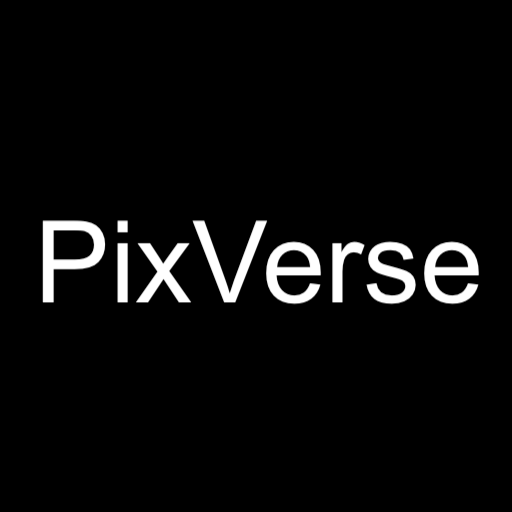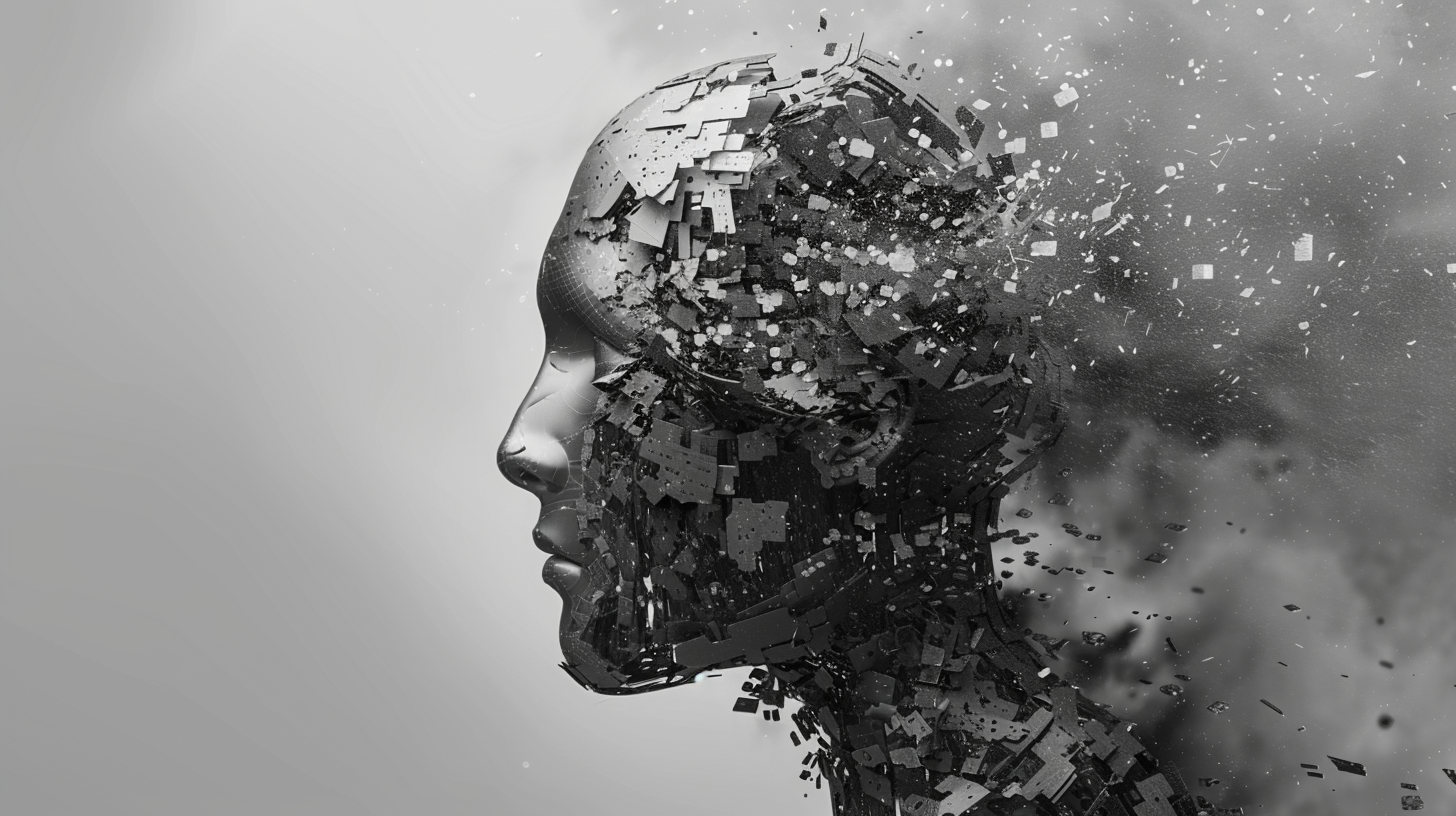I remember seeing the first demonstrations of video generation tools, then we started to see things like Kaiber. RunwayML kind of changed the game, then we saw Pika Art, and now when it comes to AI-generated video, all the buzz is about Haiper AI. Besides that, there are other contenders in the race that are really impressive as well. In this article, we’ll figure out which tool rules them all in terms of high-quality AI video generation.
Testing Image-to-Video Generation
For the image-to-video test, I’ll be using this image on every single tool, along with the text prompt “a man radiating power with flashes of lightning in the background.”
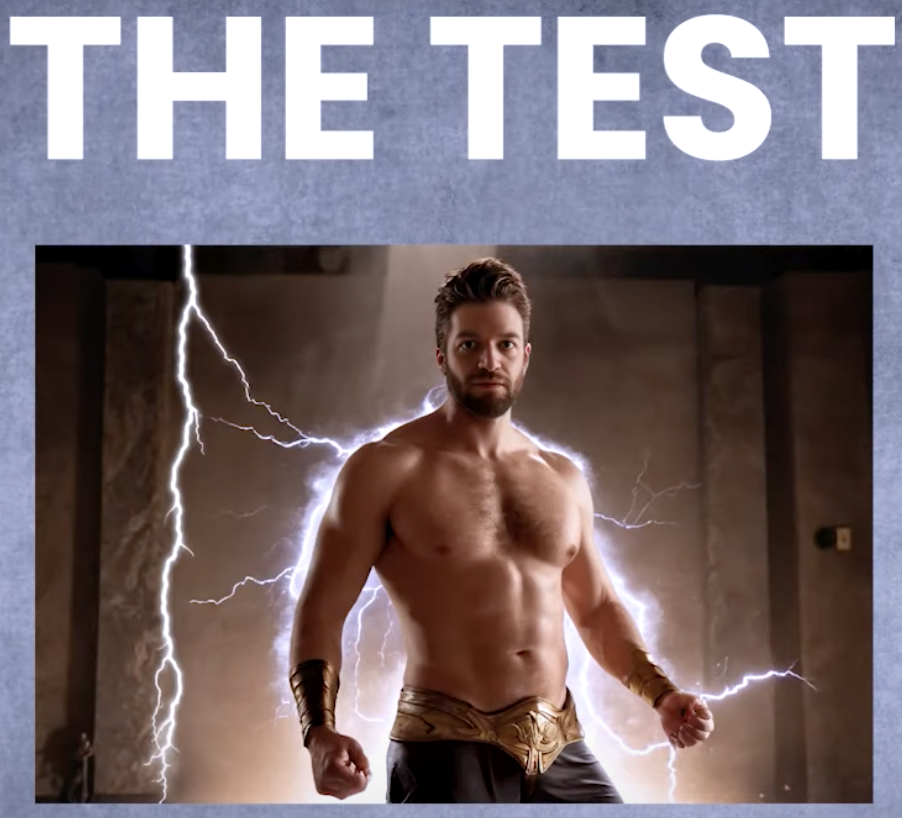
The main thing I’m looking at is the overall quality of the video and the distortion, specifically hoping to see that my AI avatar can stay the same without becoming distorted or turning into a completely different character.
Testing Text-to-Video Generation
I will also be testing just a text prompt alone, using this prompt: “beautiful cyberpunk woman on a majestic White Horse Galloping across a vast dystopian landscape.” Again, I’m just trying to see how good the overall quality is and how accurately it will follow the text prompt.
Genmo
Genmo is pretty basic, which is something I appreciate. You basically just drop in your own reference picture and add a prompt. There are a few basic effects and motion that you can add, but that’s pretty much it. The best image-to-video result I ended up with was distorted, with the character completely changed into a new person with a cartoonish look.
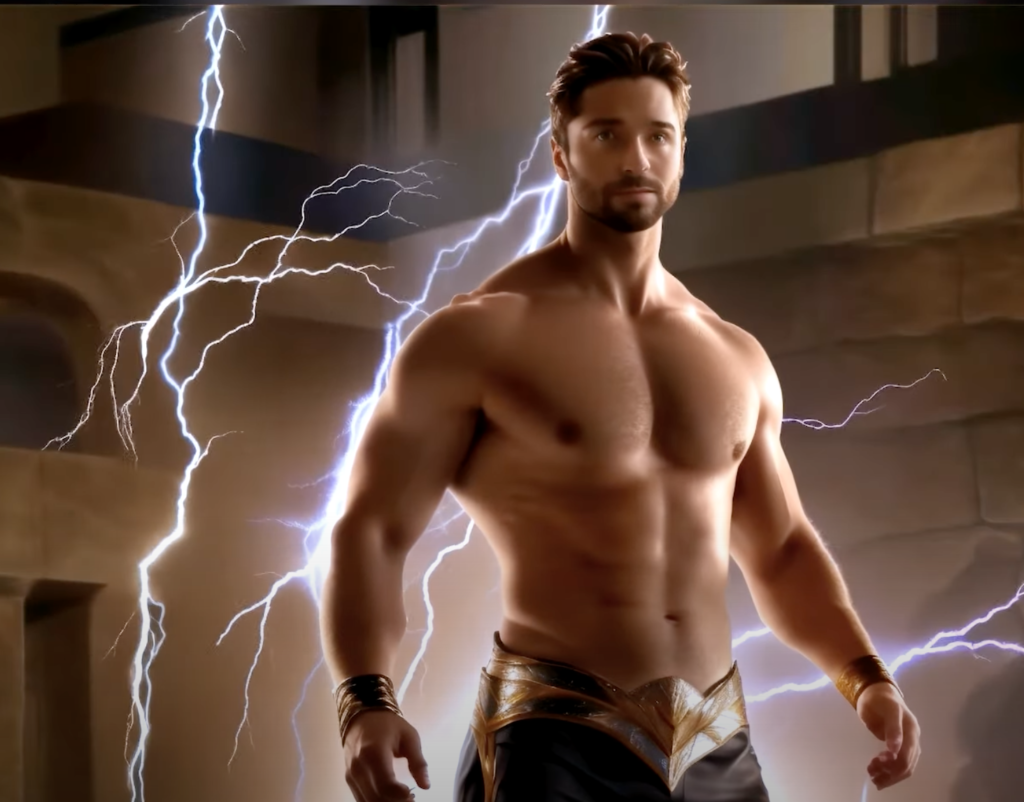
For the text prompt, it captured the cyberpunk theme pretty well, but overall it was just okay. I’m giving Genmo an overall score of 5 out of 10.
Leonardo AI
With Leonardo AI, you have to first come into the image generation section and upload your reference image. After a few attempts, the best thing I could come up with for the image-to-video prompt was not very good.

For the text prompt, I ended up choosing this one, and the final result was decent but not great. Overall, Leonardo AI is a great tool with a lot of features and settings, but for this particular use case, I would give it a 4 out of 10.
Kaiber
Kaiber has updated and added some new video models to the tool, so I’ll be using the “motion kyber” model. The process is pretty straightforward: drop in the reference image, edit the prompt, and choose a style.

The best result for the image-to-video prompt was cool-looking with realistic lightning, but it didn’t capture the “god of lightning with power” vibe I was going for, and the character was completely different. For the text prompt, it didn’t capture the cyberpunk theme very well either.
Kaiber definitely lacks some accuracy in retaining the character and following prompt instructions, but the quality is really good, and it produces a pretty cool and interesting aesthetic. I’ll give Kyber a 6 out of 10.
Runway
The best thing about Runway is that it is very simple to use while still giving a good amount of customization. For the image-to-video prompt, there was a small bit of distortion towards the end, but overall, it followed the prompt and retained my character pretty well.
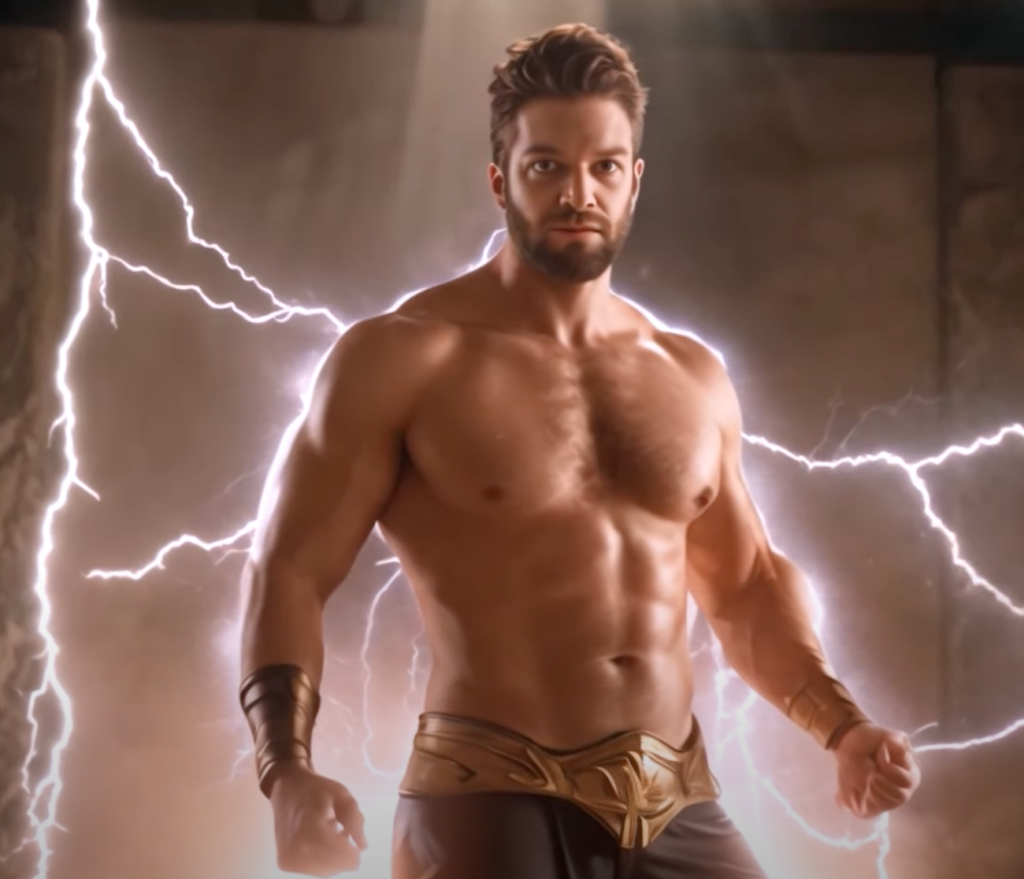
For the text prompt, the cyberpunk dystopian vibe was a bit questionable, but still pretty good overall. I use Runway on a fairly consistent basis, and I think it’s a really great tool, so I’ll give it a 7 out of 10.
Pika Art
Pika Art also has a simple UI with some pretty good customization options. For the image-to-video prompt, the result was pretty good, retaining my character and radiating lightning energy from my body, which was the look I was going for.
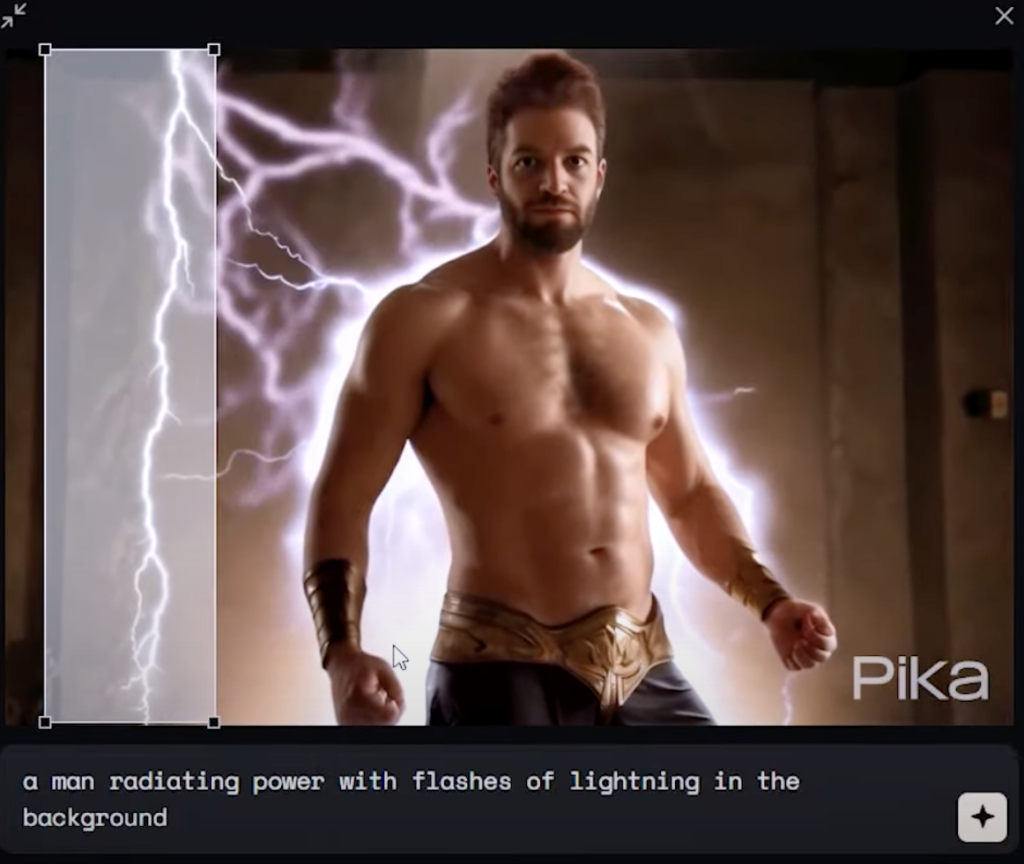
For the text prompt, it did an okay job with a neon vibe, but it just looked like a video game character. Pika Art specializes in creating video, and overall, I think it’s very good at what it does, so I’ll give it an 8 out of 10.
Haiper AI
Haiper AI is the new big dog in the race. For the image-to-video prompt, it produced a similar style to Runway, but as of now, Haiper only gives you a 2-second clip, whereas most other tools generate a 4-second clip. It did a good job overall but wasn’t any better than Pika or Runway.
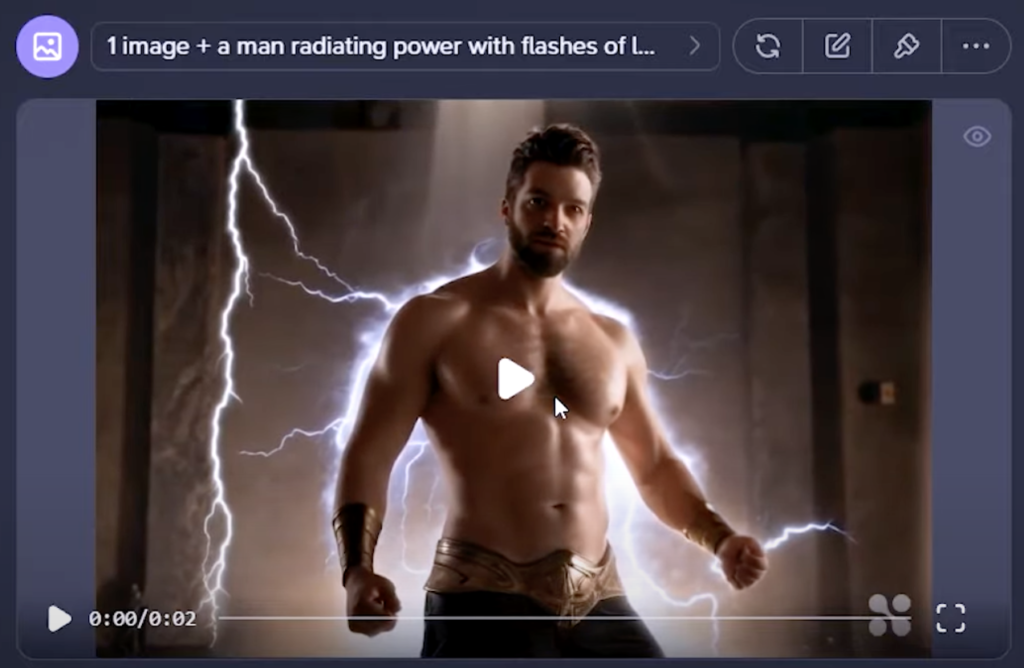
For the text prompt, it produced some pretty nice clips with a fantasy cyberpunk or Dune-like vibe, which were arguably the best text prompt clips so far. I’ll give Haiper AI a 7 out of 10.
PixVerse
PixVerse is a relatively unknown tool compared to the others, but it produced surprisingly good results. For the image-to-video prompt, it retained my character quite well and stayed true to the “radiating power” theme, which was impressive.

For the text prompt, it also has a character feature where you can upload a character and hopefully get more consistent clips. The results were better quality, but it completely lost the cyberpunk vibe.
Overall, PixVerse was much better than expected and is almost equal to the more popular video generation tools, as long as you don’t need fancy animation or editing options. I’ll give PixVerse a 6.8 out of 10.
Conclusion
In conclusion, Pika Art and Runway seem to be the standout tools for high-quality AI video generation, with Haiper AI and PixVerse also showing promising results. Each tool has its strengths and weaknesses, and the choice ultimately depends on your specific needs and preferences.
Credits: Creator Secrets
Read other articles in our Blog.
